In brief: The Mac mini is here to stay (for now), and so is the Mac Pro. However, Apple is adding a new member to the Mac family called Mac Studio, which is a new category that fits right between those two devices. It can be configured with either an M1 Max or M1 Ultra chipset, and if you pair it with the new Studio Display, it's almost like a spiritual successor to the 27-inch iMac.
Apple has announced the Mac Studio, a new desktop system that can only be described as a Mac mini on steroids. The newest member of the Mac family is aimed at professionals who are looking for something more compact than a Mac Pro, but also more powerful than the Mac mini.
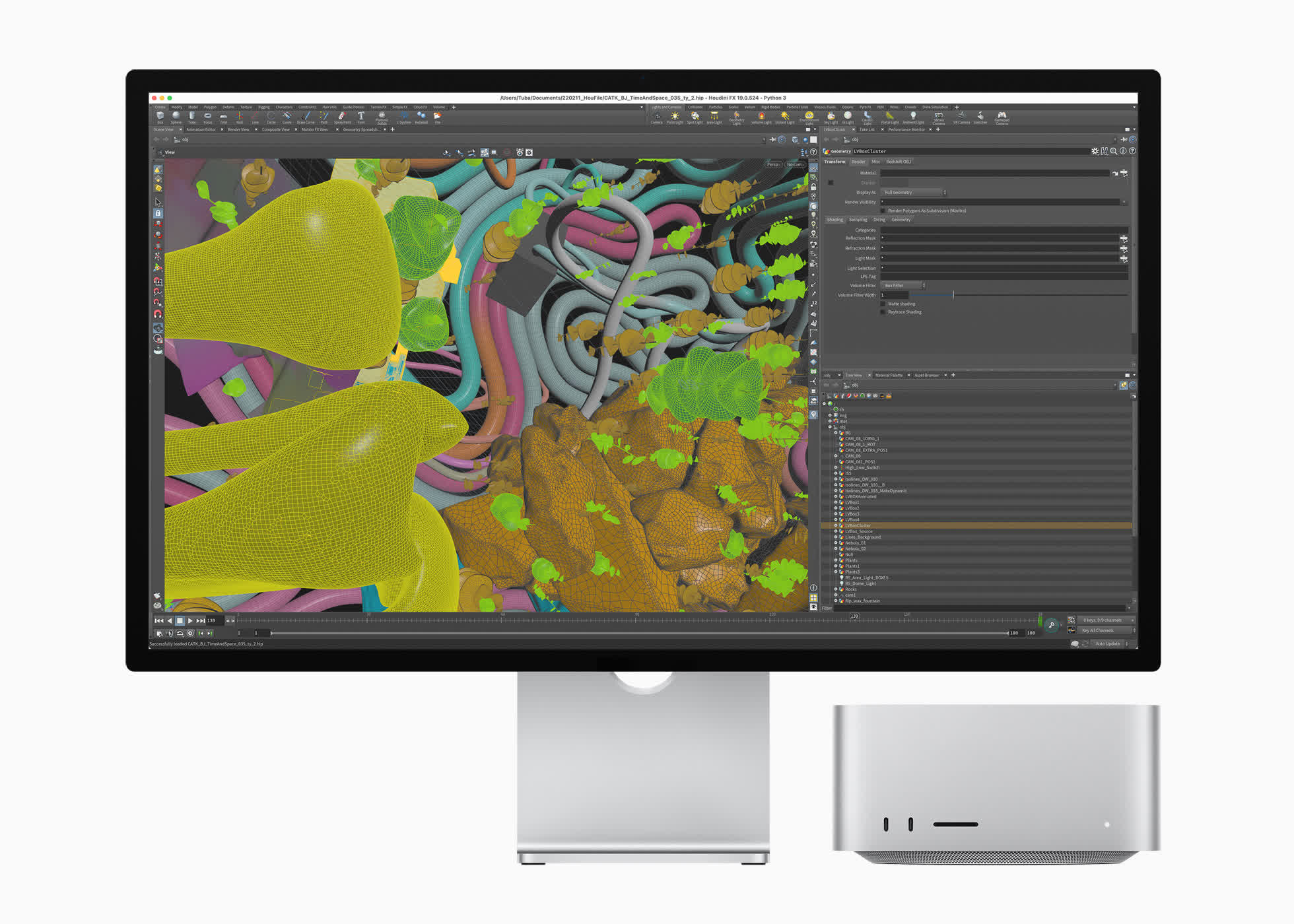
The base model Mac Studio is powered by Apple's M1 Max chip that debuted in the MacBook Pro 14 and MacBook Pro 16 last year, but it can also be configured with a new chipset called the M1 Ultra. The Cupertino company claims this will be up to 50 percent faster than a specced-out Mac Pro, and far beyond even the fastest 27-inch iMac. The latter comparison is even more relevant, as the 27-inch iMac has seemingly disappeared from Apple's online store.
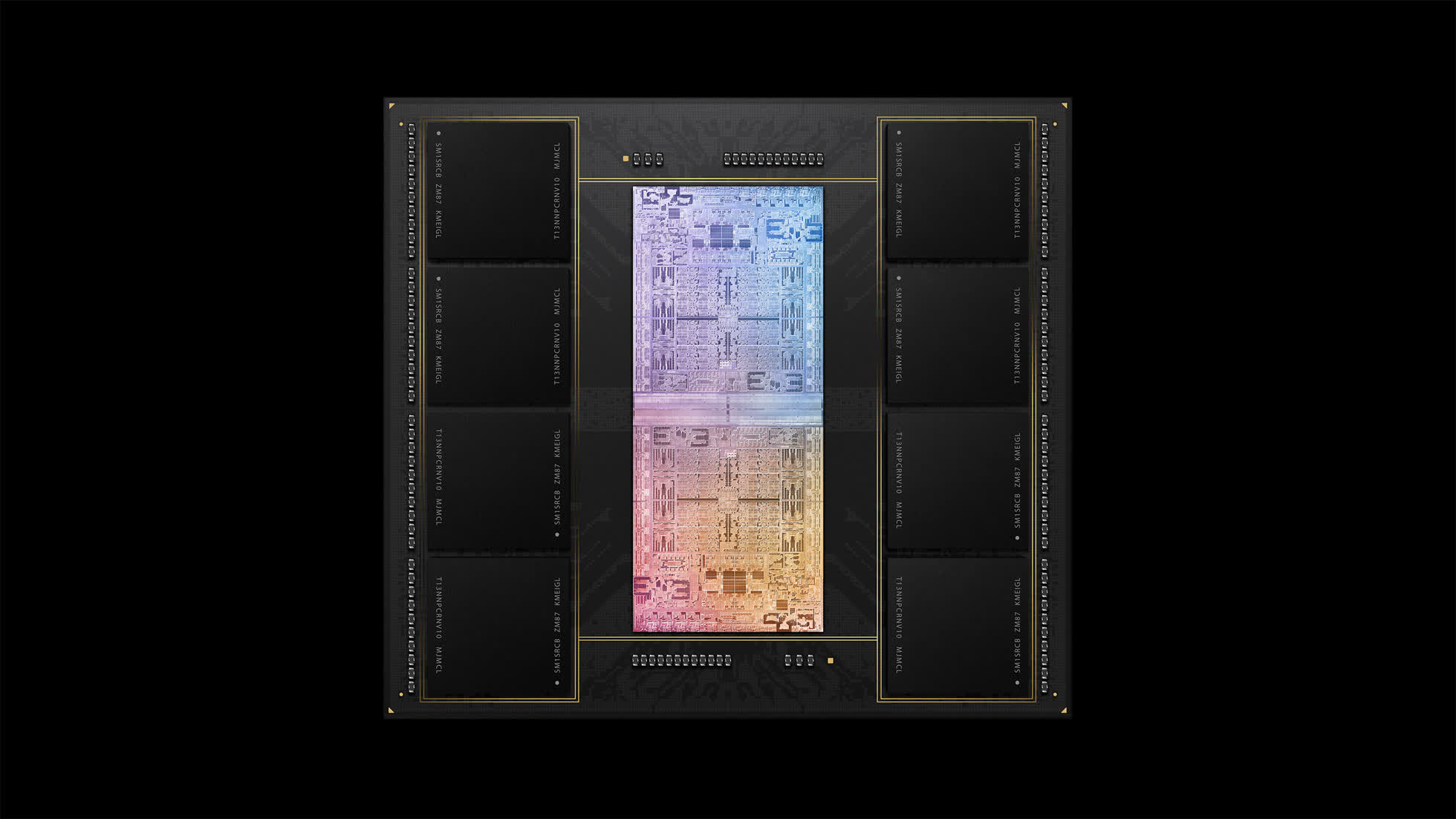
You can think of the M1 Ultra as essentially a pair of M1 Max chips fused together into a humongous chip. Apple has crammed no less than 114 billion transistors into it, which is more than three times the amount of transistors found in an Nvidia GeForce RTX 3090 GPU and an Intel Core i9-12900K, combined.
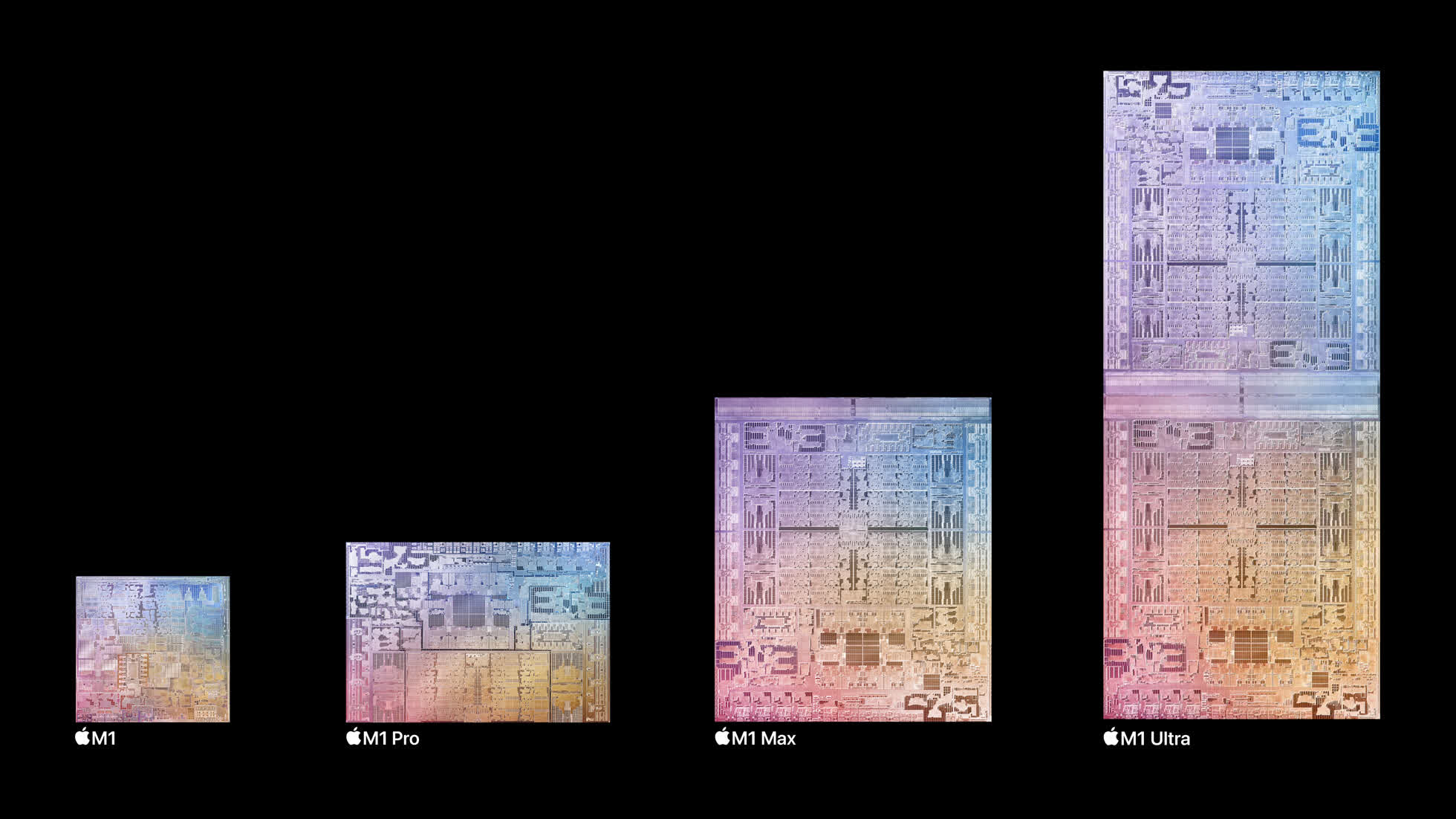
This new chipset packs a 20-core CPU with 16 high-performance cores and four efficiency cores, a 64-core GPU, and a 32-core Neural Engine in a package that's roughly eight time the size of the M1. This is made possible by Apple's UltraFusion architecture with an interposer spanning some 10,000 interconnects, which begs the question of whether the company is interested in joining others in building the future of semiconductors through the Universal Chiplet Interconnect Express (or UCIe) standard.
Apple believes the M1 Ultra will "once again shock the PC industry," which is certainly possible in terms of performance-per-watt, as previously shown with the rest of the Apple Silicon family. It can also be configured with a whopping 128 gigabytes of high-bandwidth unified memory for a total of 2.5 terabytes per second of low-latency bandwidth shared across the CPU, GPU, and Neural Engine.
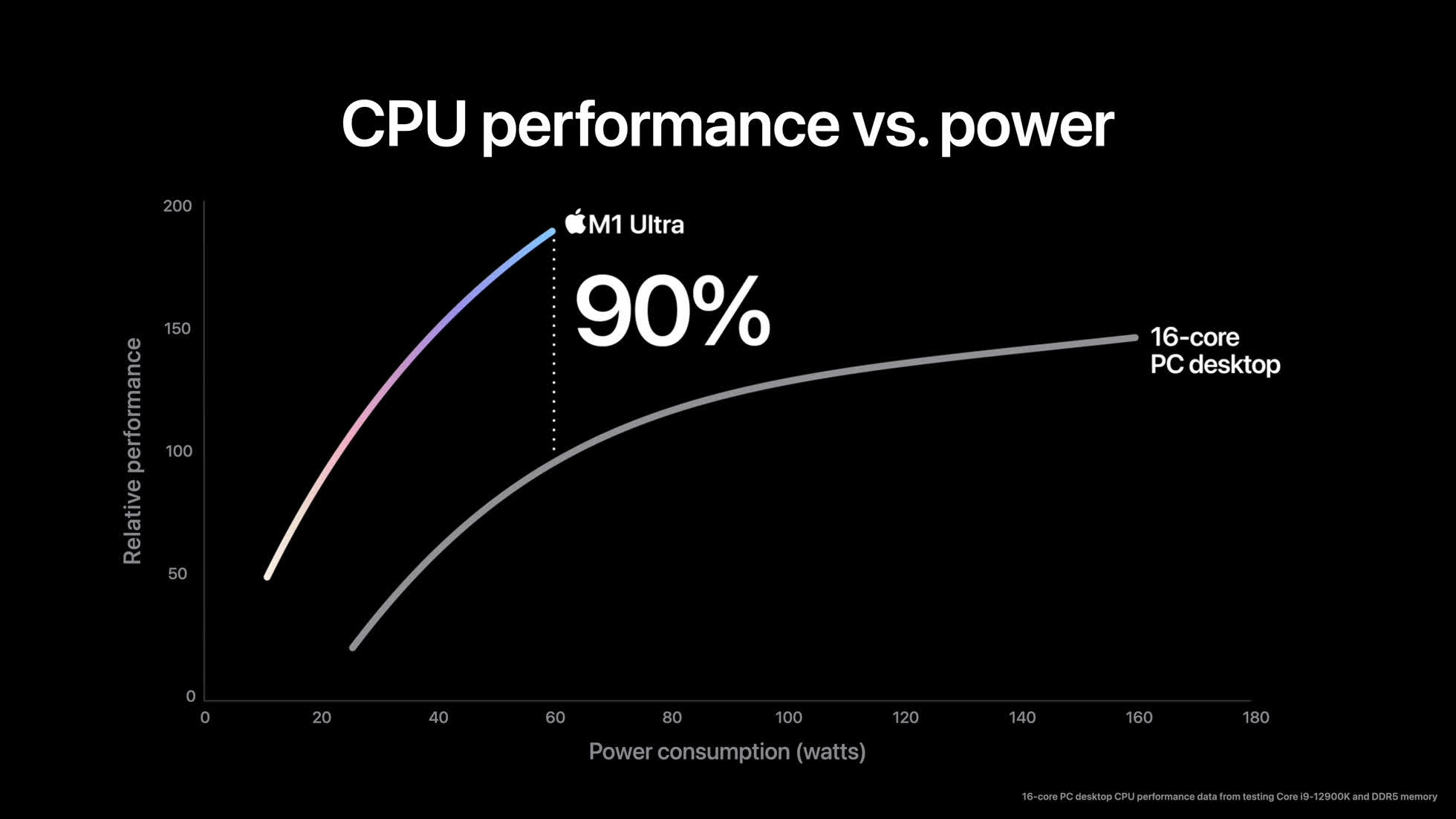
More importantly, developers won't have to rewrite code to tap into the full potential of the M1 Ultra.
Speaking of performance, Apple said the CPU in the new chipset is up to 90 percent faster than Intel's Core i9-12900K paired with DDR5 memory, at least within a 60-watt power envelope. Or put differently, the M1 Ultra is able to match the performance of the Intel Alder Lake desktop flagship processor using 100 fewer watts.
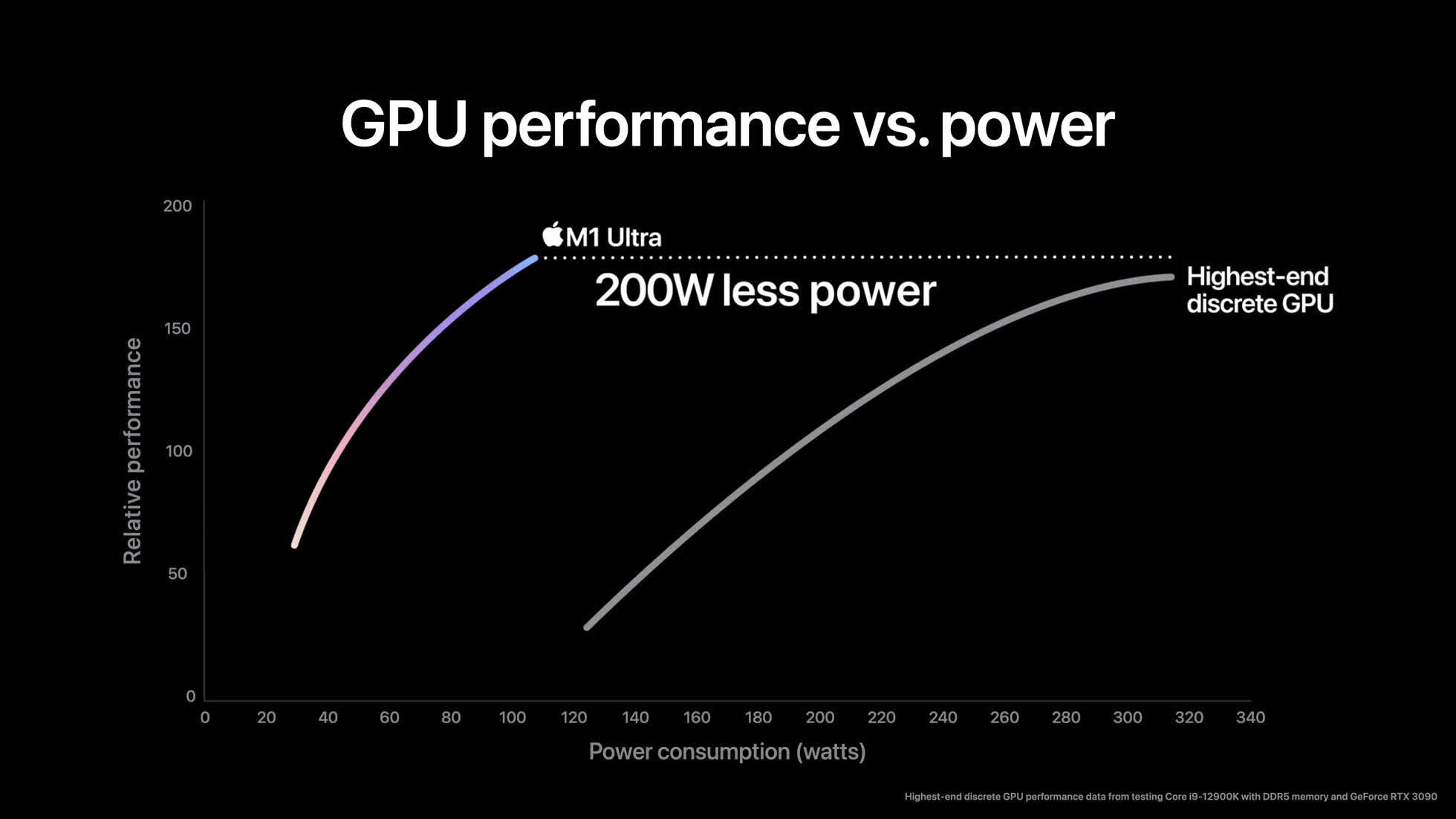
Another area where the M1 Ultra is expected to shine is GPU compute performance for things like professional graphics rendering and video editing applications. Apple said the M1 Ultra's 64-core GPU is capable of more than matching Nvidia's RTX 3090 GPU while using 100 watts --- three times less power than the latter part.
Beyond the CPU and GPU, as well as the oversized Neural Engine, the M1 Ultra has a media engine capable of playing back up to 18 simultaneous streams of 8K ProRes 422 video, which makes this the most powerful Mac to date.
Circling back to the Mac Studio, the chassis isn't exactly large at 3.7 inch tall and 7.7 inch wide, so it should easily fit under most displays. The added space allowed Apple to include two blower fan cooling systems, but the company claims the Mac Studio will remain quiet even under heavy workloads.
You can configure the system with up to 8 terabytes of SSD storage that can deliver speeds of up to 7.4 gigabytes per second, which is on par with some of the fastest PCIe 4.0 SSDs in the PC space.
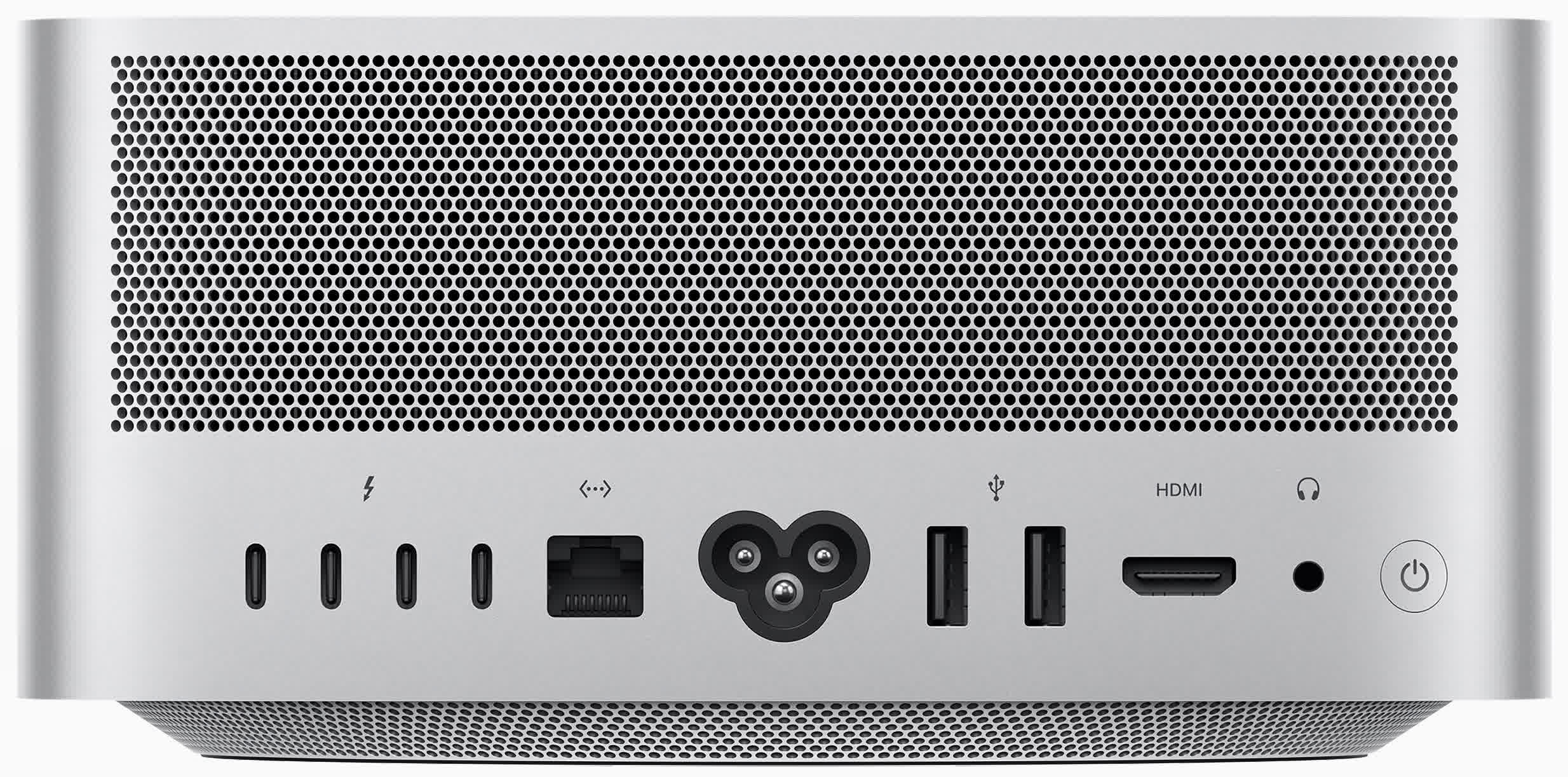
Connectivity options are also plentiful for a device this size, with four Thunderbolt 4 ports, a 10 Gb Ethernet port, an HDMI port, an audio jack, and two USB-A ports (working at 10 Gb per second)--- a rare sighting in recent Apple product releases. There's also support for Wi-Fi 6 and Bluetooth 5.0, and you have two additional USB-C ports on the front, as well as an SD card slot.
The Mac Studio is available for pre-order at $1,999, or at $1,799 if you're eligible for an education discount. The Mac mini will continue to be sold, and shipping for the Mac Studio starts on March 18. Pair the new Mac with Apple's newly-announced 27-inch 5K Studio Display, and you'll suddenly wonder why the 27-inch iMac still exists. Or does it?
